Bubble Algae Cut Open: Navigating the Green Nuisance in Your Aquarium
Ever found yourself marveling at those green, translucent balls during your early days of aquarium keeping? Welcome to the curious case of bubble algae, also known as Valonia ventricosa. To any novice, they might appear as gems adorning your underwater world. However, these rapidly proliferating algae can rapidly turn from ornamental to alarming, smothering rocks and even outcompeting your corals for precious space.
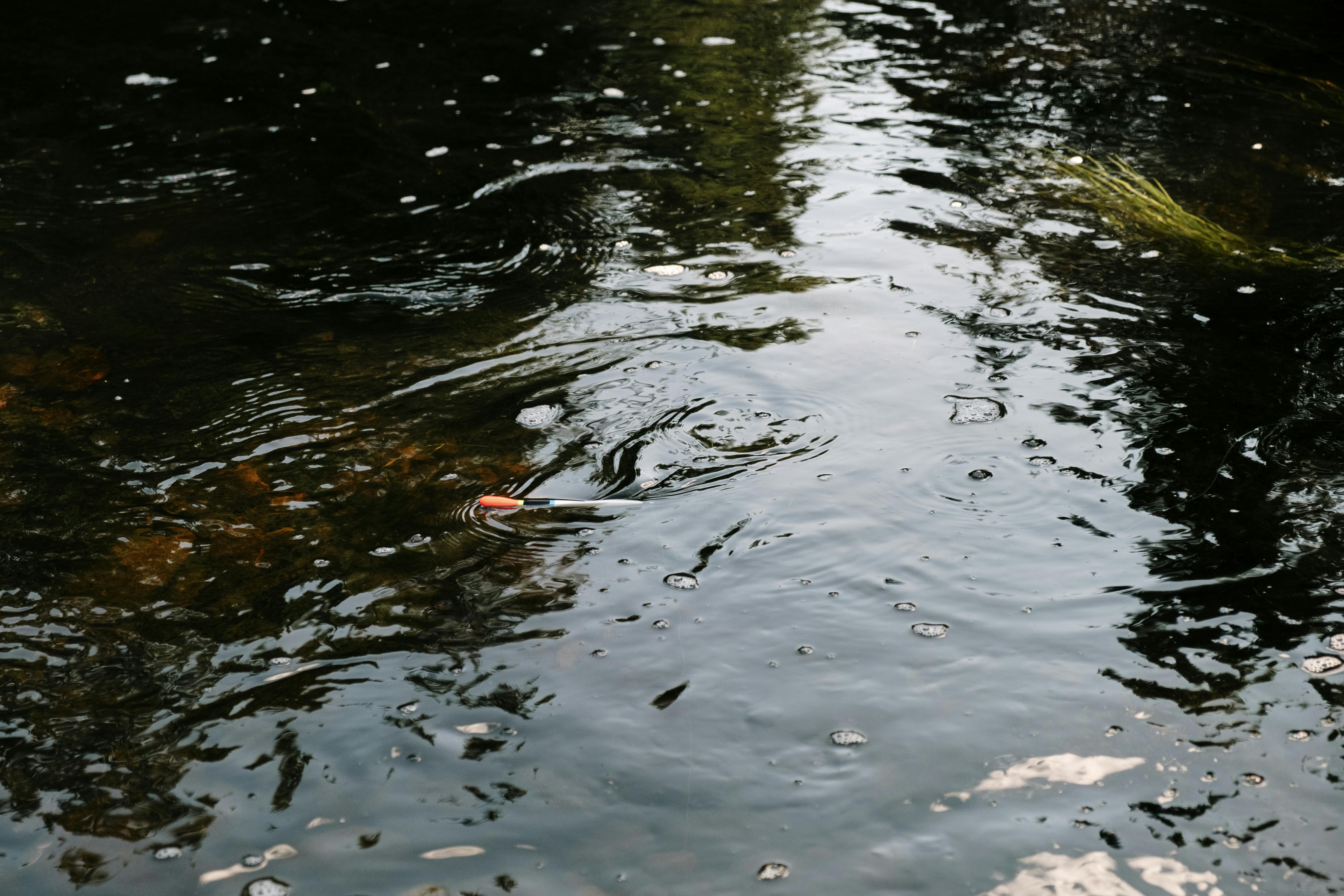
The Dilemma: To Pop or Not to Pop?
Beneath those serene bubbles lies a heated debate among aquarists. Does popping bubble algae truly unleash mayhem in your tank by spreading spores, or is it a myth that needs busting? While it’s a popular belief that popping releases spores, many experts argue that the bulbs themselves don’t contain the spores—those thrive within the algae’s tissues. Some aquarists have reported success with manual popping and removal, witnessing no resurgence. However, it’s crucial to carefully remove the entire algae and its holdfasts to prevent regrowth.
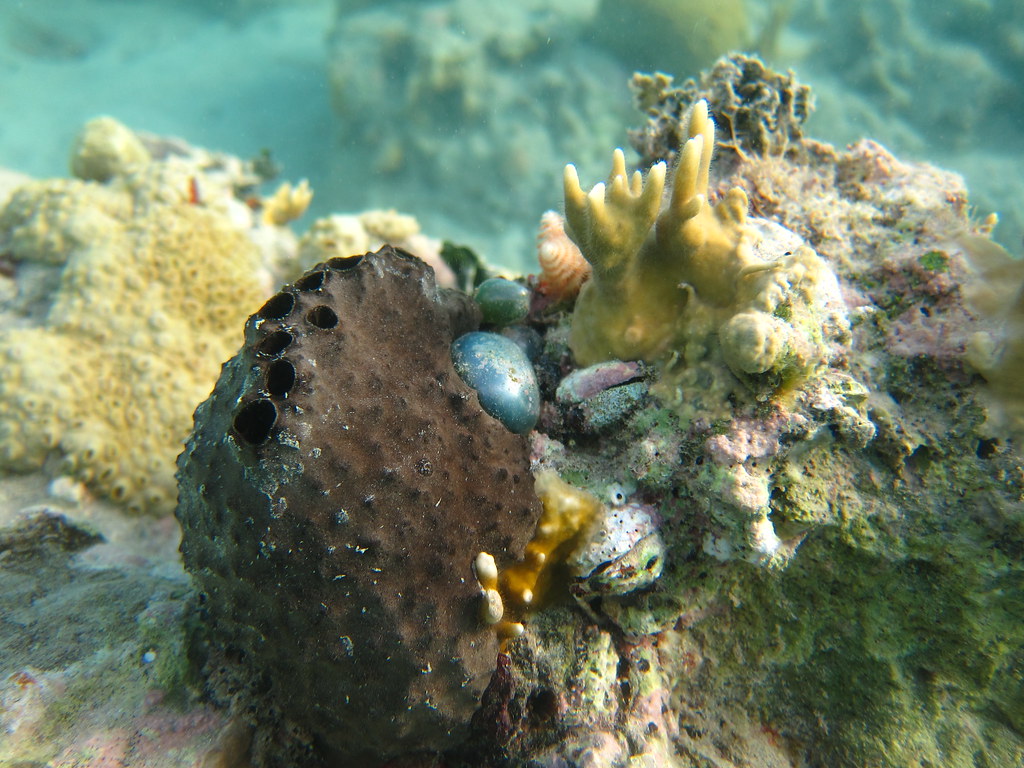
| Action | Advantages | Disadvantages |
|---|---|---|
| Manual Popping | Immediate removal, no noticeable regrowth reported | Poor technique may release spores |
| Natural Predators | Non-disruptive, can maintain algae levels | Effectiveness varies, not all algae may be consumed |
| Quarantine Measures | Prevents algae introduction | Time-consuming |
Natural Allies: Who’s on Your Side?
In the battle against bubble algae, not all heroes wear capes—some of them resemble sea creatures. Emerald crabs are famed for their appetite for bubble algae. These crustaceans, along with certain rabbitfish, gladly pop and munch on these algae, offering a sustainable solution to your problem without exacerbating it. Still, it's wise to pair them with other prevention measures since there's no one-size-fits-all solution.
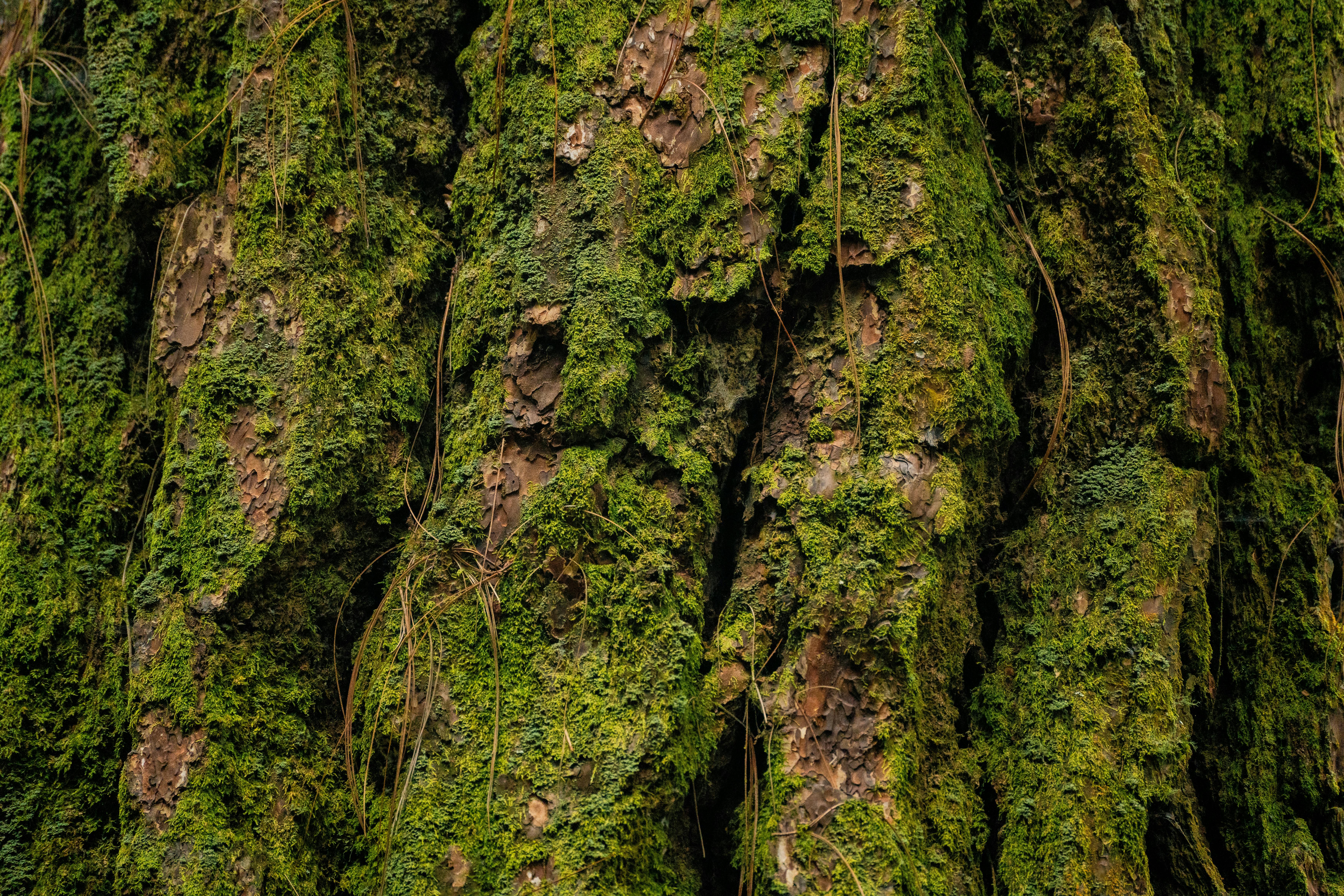
Preventing an Algal Takeover
Prevention is always better than cure, and in the world of aquariums, a few proactive steps can save you a lot of trouble down the line. Here’s a handy checklist to keep bubble algae at bay:
- Inspect New Additions: Thoroughly examine and clean new corals or rocks before adding them to your tank.
- Quarantine Practices: Implement a quarantine period for new organisms to tackle potential hitchhikers.
- Tank Upkeeps: Keep water parameters balanced, regular nitrate levels in check, and avoid overfeeding.
- Use of Herbivores: Integrate algae-eating invertebrates and fish that can help clean up bubble algae.
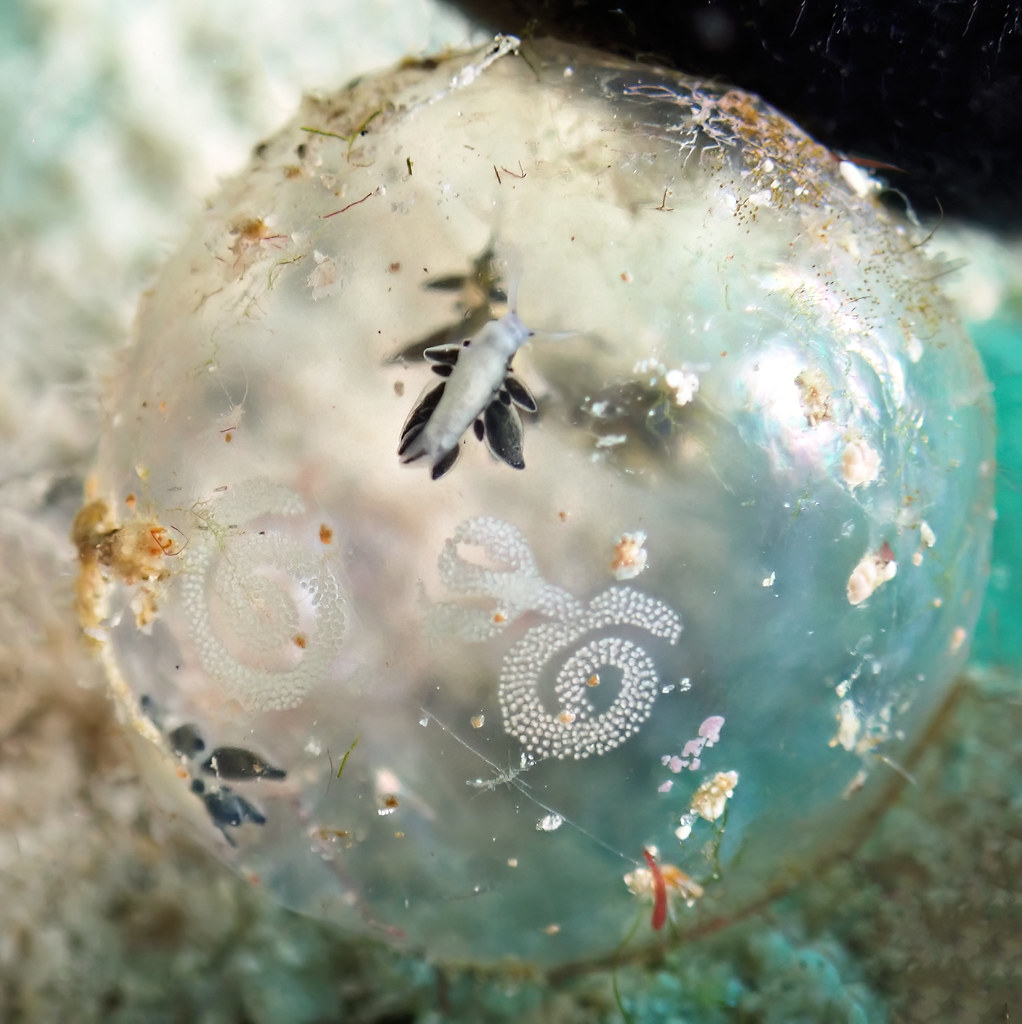
Taking Action: Your Next Move
Notice a shiny ball starting to nest on your coral? Address it early. Manual removal is most effective for minor outbreaks, but for more pressing matters, your multi-pronged approach should enlist nature’s cleaners and a rigorous regime of tank maintenance. Additionally, researchers have been investigating the impact of Valonia algae on coral reef ecosystems, emphasizing the importance of proper coral reef management and protection.
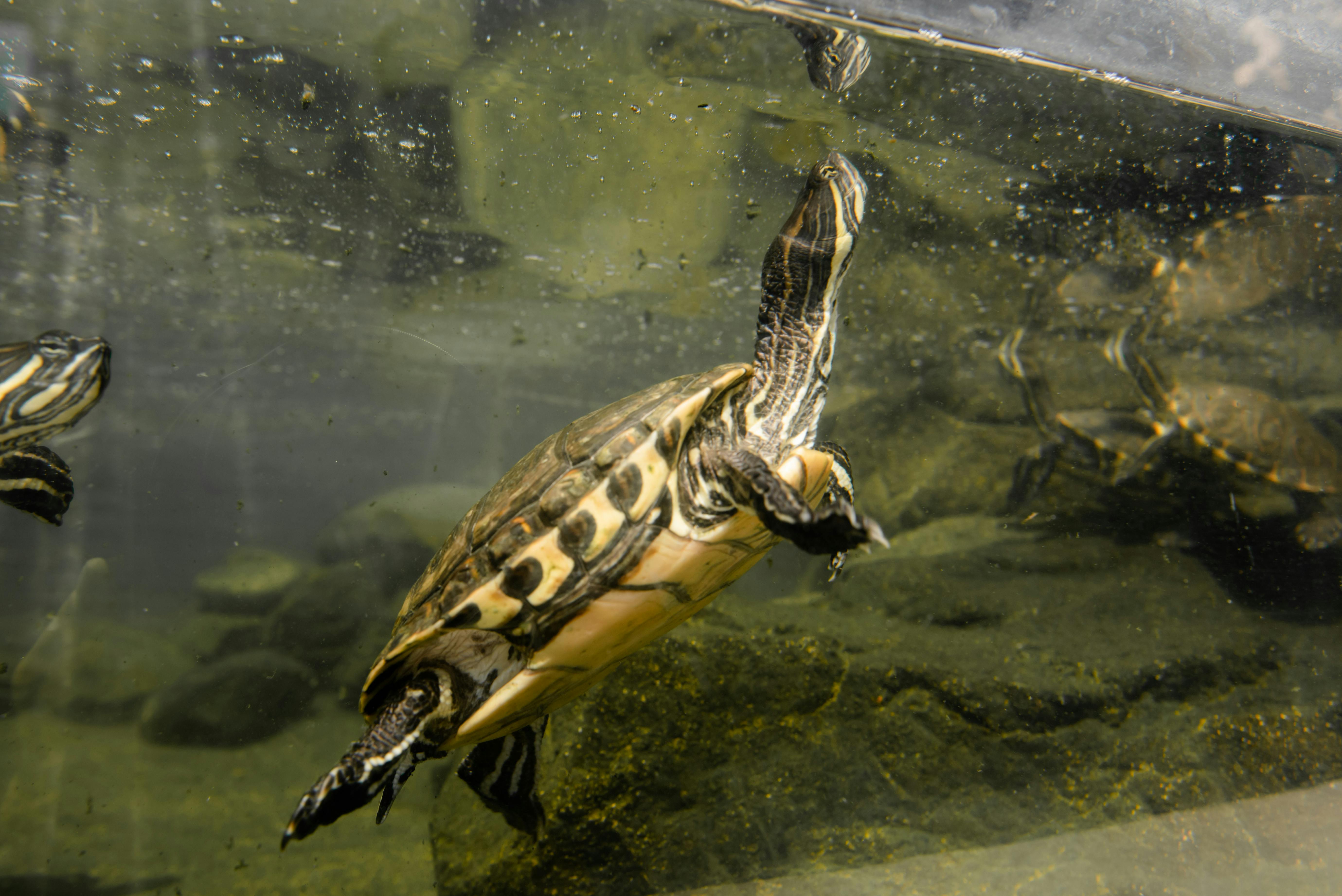
Have bubble algae ever turned into a pest problem in your aquarium? How did you handle it, or what curious methods have you heard about? Share your thoughts and experiences in the comments—we’d love to hear from you!
Frequently Asked Questions
Is bubble algae harmful?
Yes, bubble algae can be harmful if left unchecked. It can smother rocks, block pump inlets, and potentially harm corals by trapping detritus, which further fuels its growth. Proper maintenance and removal are essential to keeping your tank healthy.
What happens if you cut open bubble algae?
Cutting open bubble algae can release spores into the water, potentially leading to the spread of more bubble algae. It is recommended to remove the entire bubble carefully without popping it to prevent further outbreaks.
How do you safely remove bubble algae from a tank?
To safely remove bubble algae, gently twist the bubbles off the surface using a pair of tweezers or your hands. Be careful not to pop them. Having cleanup crew species like emerald crabs can also assist in controlling bubble algae growth.
What causes bubble algae to grow in aquariums?
Bubble algae growth is often fueled by excess nutrients, such as nitrates and phosphates, in the water. Poor tank maintenance and accumulated detritus can exacerbate the problem. Regular water changes and nutrient control are key to prevention.
Can bubble algae kill coral?
Yes, bubble algae can harm coral by overgrowing and preventing the coral from receiving enough light and flow. Its ability to trap detritus can also create an environment that negatively affects coral health.
As we wrap up this deep dive into the fascinating – yet occasionally frustrating – world of bubble algae, we'd love to hear your thoughts and experiences! Navigating the balance of maintaining a stunning aquarium while managing these persistent green spheres can surely be a journey. For more tips, inspiration, and a peek at our aquatic adventures, feel free to join us on Pinterest, where we collect all things marvelous and marine. If visual storytelling is your vibe, our Instagram is bursting with vibrant aquarium snapshots and imaginative aquascapes. Keep the conversation going and share your own tales over on X (formerly Twitter), or drop by our Facebook community, where we overflow with ideas, advice, and aqua-loving friends. Dive in with us, because together, we'll ensure your coral haven stays as breathtaking as ever.
